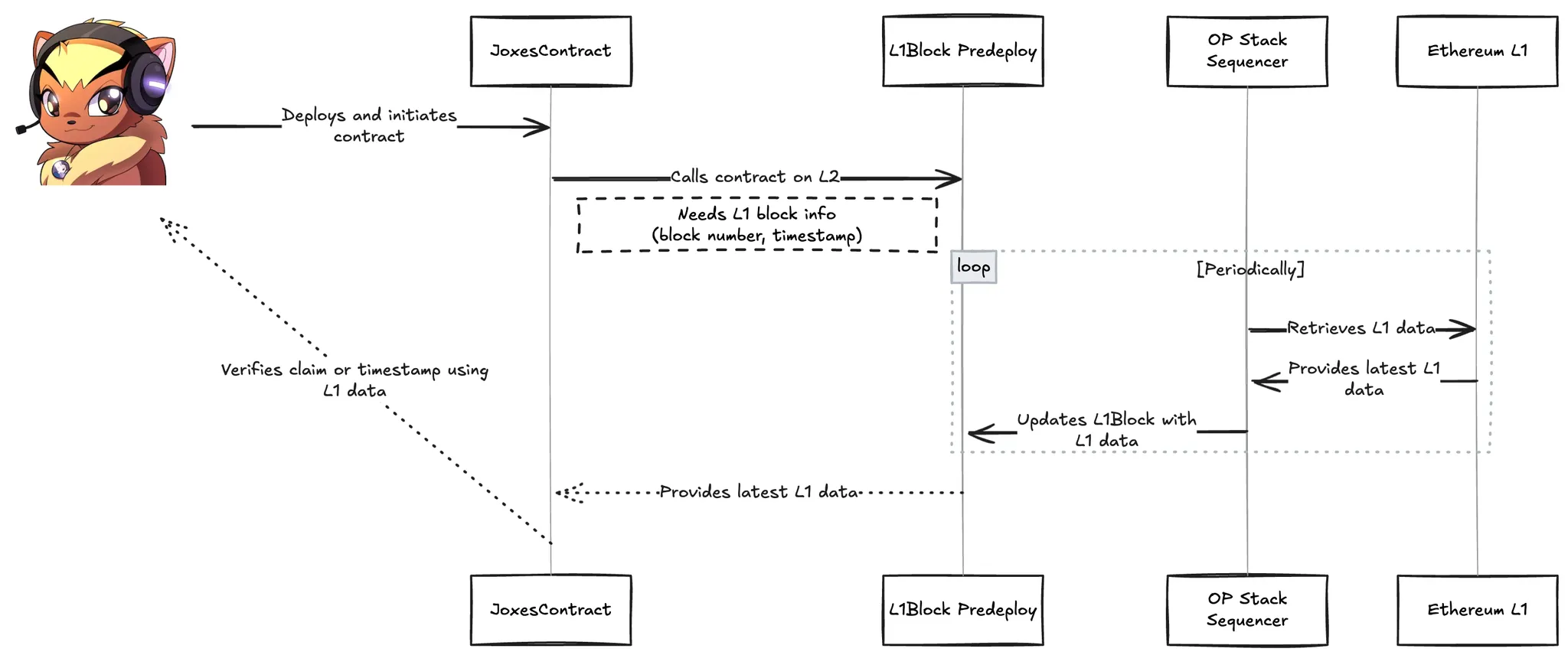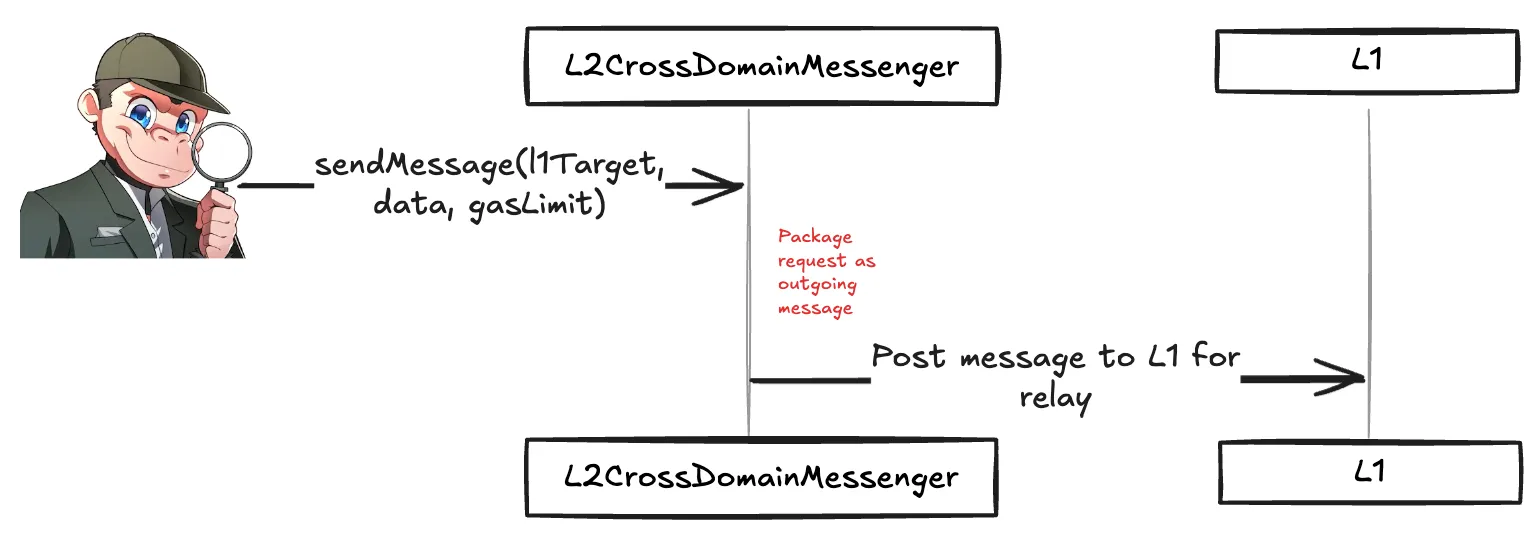Precompiles and Predeploys
Precompiles
Precompiled contracts (aka precompiles) are special addresses at which native code runs (rather than bytecode). They’re used for expensive ops that would be too inefficient in raw Solidity.
OP Stack includes all the standard Ethereum precompiles, plus a few extras. Whenever possible, the protocol team prefers predeploys over precompiles, so that you can just upgrade a contract. Precompiles require a network upgrade.
The additional one is P256VERIFY, with the address 0x0000000000000000000000000000000000000100 . It implements signature verification for secp256r1, defined under the RIP-7212.
PreDeploys
They are special contracts that exist at fixed addresses right from a chain’s genesis. Unlike precompiles, they run directly in the EVM (bytecode), not as native code. This makes them easier to maintain across multiple clients and also easier to work with in Hardhat/Foundry network forks.
The predeploys are usually under the address 0x4200000000000000000000000000000000000xxx . Some predeploys are legacy and have been deprecated or replaced in Bedrock. It is important to note that many of these predeploys are actually proxy contracts.
Special Legacy ERC20 ETH: One predeploy (0xDeadDeAd...DeAD0000) is not proxied and was used to represent ETH before the Bedrock upgrade.
Every time an L2 user on an OP Stack chain wants to send messages or withdraw funds back to L1, he/she will interact with several key predeploys.
-
Checking L1 info via
L1Block(0x4200000000000000000000000000000000000015)Let’s say that Joxes starts on L2 but needs up-to-date L1 data to verify a claim or timestamp in his contract.
For doing that, Jox will call the
L1Blockcontract on L2 and this predeploy will be the source of truth on L2 for L1 block info. Behind the scenes, the sequencer periodically updates L1Block, and Joxes’s contract can then read theblockNumber(), timestamps, etc.
-
Estimating Fees with
GasPriceOracle(0x420000000000000000000000000000000000000F)Now, let’s say that Rex wants to send a cross-domain transaction to L1 (or maybe just a regular L2 transaction), and he need to know how much gas it’ll cost.
For doing that, we will need to use the GasPriceOracle. So, Rex will call
getL1Fee(bytes)on the contract, passing the raw transaction data. Then it will calculate the L1 data fee portion of the cost (essentially, the extra overhead for storing L2 transaction data on L1). Then Rex’s wallet or contract can add this to the normal L2 execution fee to get.a total estimate.
Without it, Rex would have to manually guesstimate the overhead for posting transaction data on Ethereum, so this predeploy automates it for him : )
-
Sending a message out with
L2CrossDomainMessager(0x4200000000000000000000000000000000000007)It seems like the whole research team needs to do things with predeploys! Now, Mono wants to instruct some L1 contract (an automated vault for example, or a bridging contract) to do something on his behalf. He will need to send a cross-domain message from L2 to L1.
First, he will call
L2CrossDomainMessenger.sendMessage(l1Target, data, gasLimit). Under the hood, theL2CrossDomainMessengerpackages this request as an outgoing message and eventually posts it to L1 for relay.
We could say that the L2CrossDomainMessenger is our higher-level API that does the heavy lifting of sending messages across domains.
-
Recording the Withdrawal with
L2ToL1MessagePasser(0x4200000000000000000000000000000000000016)We go back to Jox, he said ‘know what? I’m done on L2 for now’, and he wants to withdraw some ETH back to L1. He will initiate the withdrawal calling
L2StandardBridge.withdraw()for example, and it eventually calls theL2ToL1MessagePasserto record the withdrawal insentMessages.This record is important because when he later proves the withdrawal on L1, the L1 contracts check that this entry exists.
We could explain
L2ToL1MessagePassersaying that it is a ledger on L2 that says, “Yes, Joxes did request a withdrawal. Here’s the relevant info.”.
Without the L2ToL1MessagePasser’s record, there’s no evidence on L2 that Joxes started a withdrawal. L1 would have no way to verify the claim.
For a reference on predeploys, go here